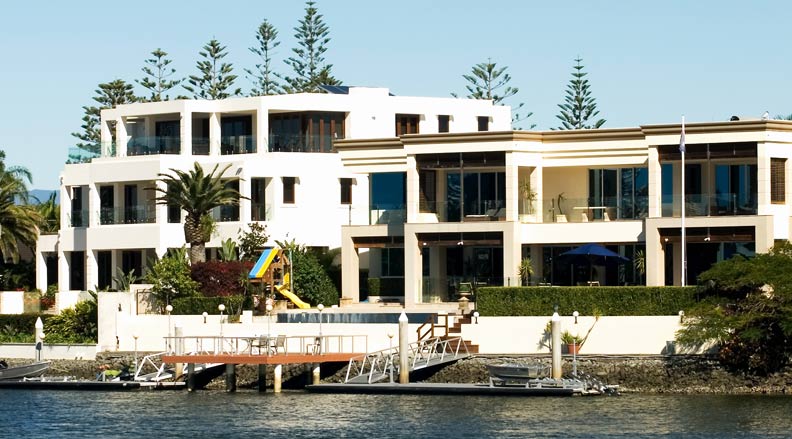- col@bfsfinance.com.au
- 0438 770 670

Contact us about an Investment loan today.
To enable us to identify the most appropriate product for the situation it is important to understand your financial situation and therefore the structuring requirements for the finance. So our first step will be to look at the structures most commonly used in financing of the investment property.
In order to purchase an investment property you will require a deposit. This can be achieved by either saving the money or if you have an existing property, say a family home where you have some equity, you can borrow against this equity to go towards the investment property.
Conceivably, an investor, who is a homeowner, could buy an investment property without having to find any cash at all, including all the costs associated with the purchase. Most often, this is the recommended manner proposed by financial advisors to investors, because the tax benefits to investment are directly related to the borrowings and the associated costs i.e. when you maximise the borrowings you maximise the tax benefits.
To finance an investment property using the equity in the family home you will need to provide both the home and investment properties as security against the loan/s. This gives rise to three possible financing scenarios, those being:
Which of the above structures is the best? Well that really is largely dependent on how you feel about separating the family home loan from the investment loan and secondly how much the lenders are going to charge you in fees for the set up.